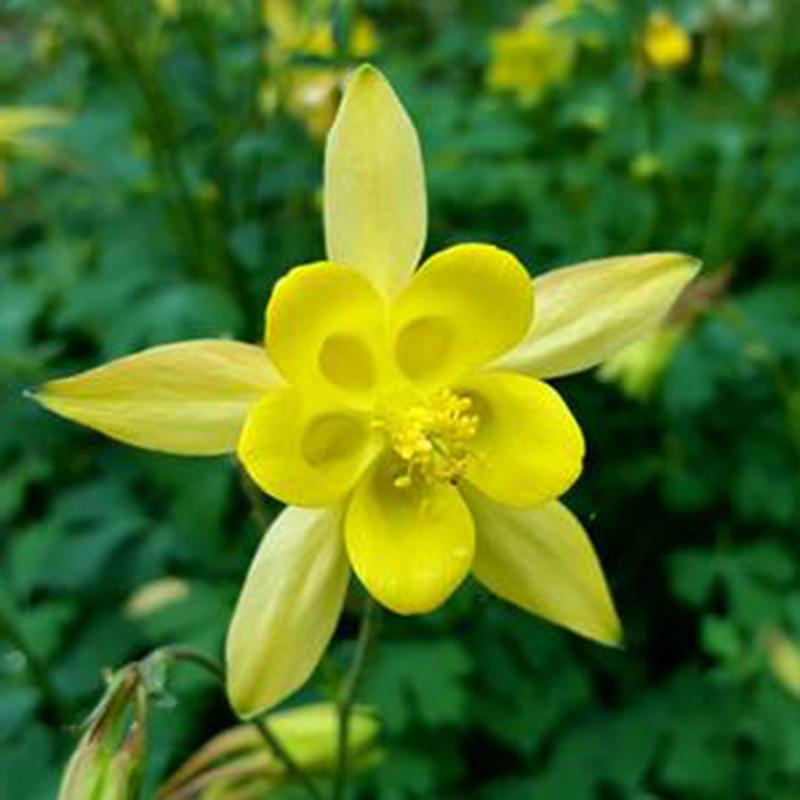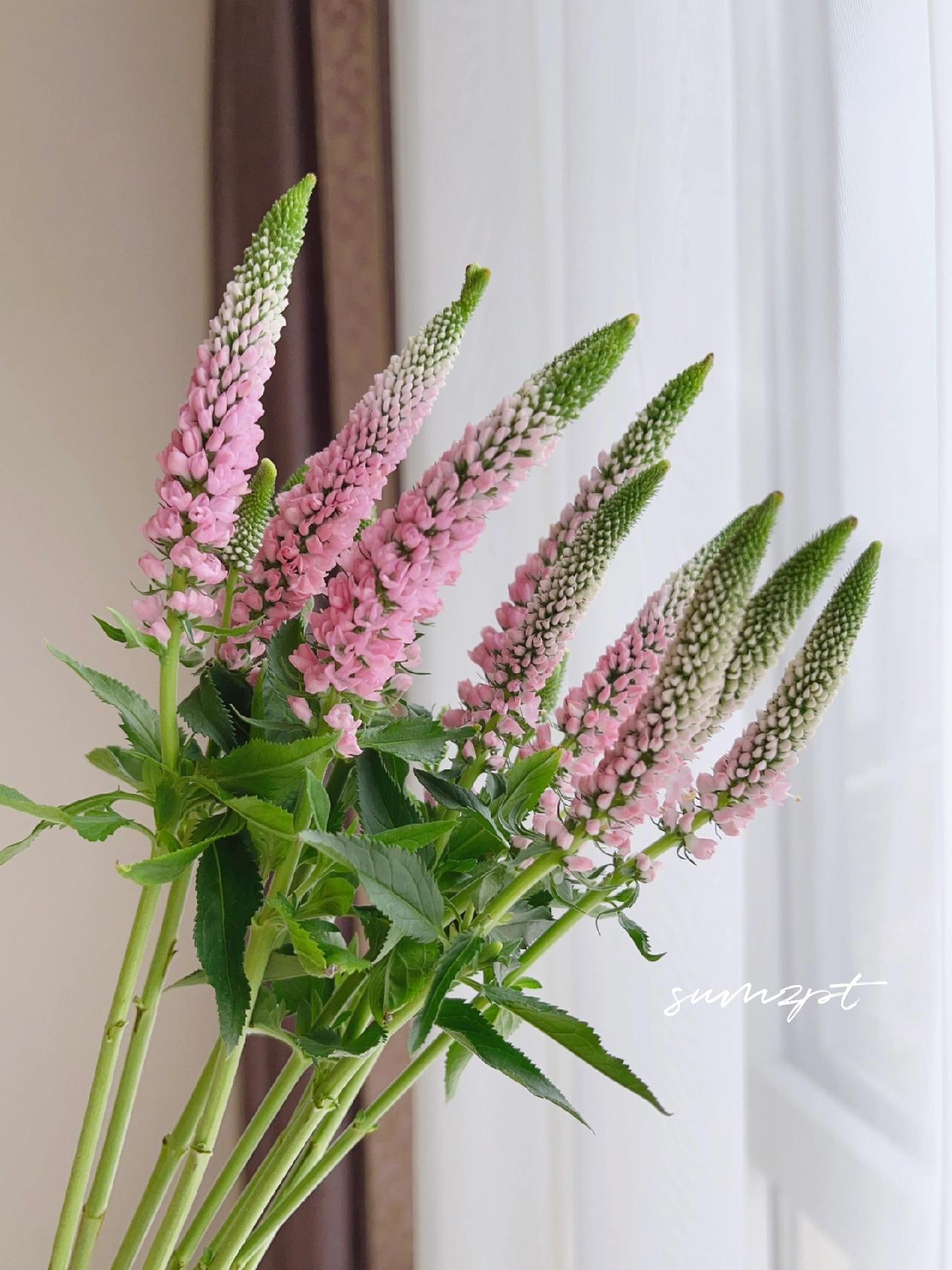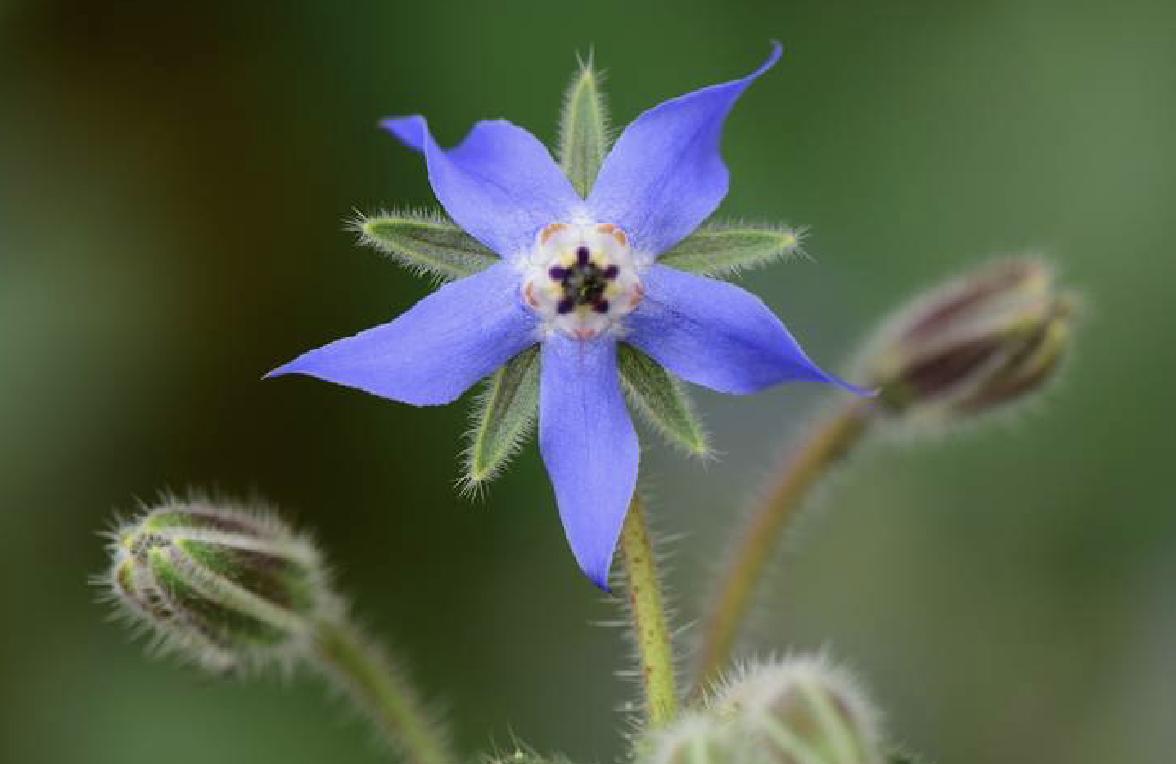Acanthus, a captivating plant with an interesting history, originated in the Mediterranean region. Legend has it that a renowned ancient Greek architect fell in love with a beautiful maiden. In his desperate attempt to impress her, he designed intricate Corinthian columns for a temple. While observing the maiden’s hairpin accidentally dropped on an Acanthus plant, he found inspiration. The striking leaf pattern of the plant became the iconic motif for Corinthian capitals. This floral symbol of love and beauty continues to adorn architectural wonders till date. Acanthus epitomizes the power of nature to ignite creativity and weave enchanting tales.
Picture
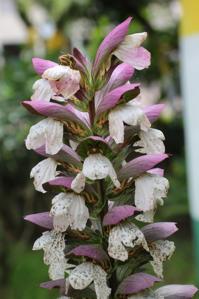
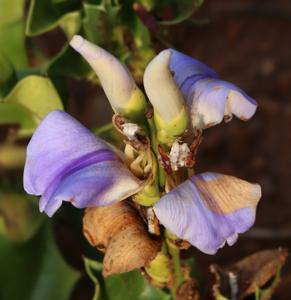

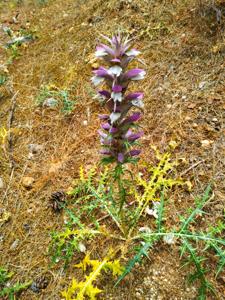
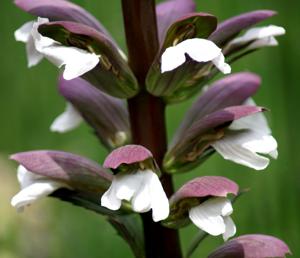
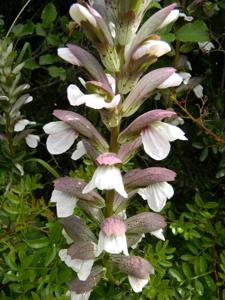
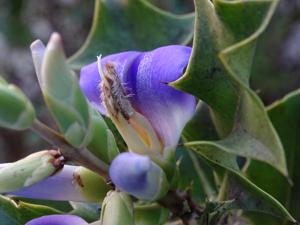
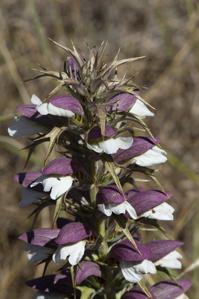
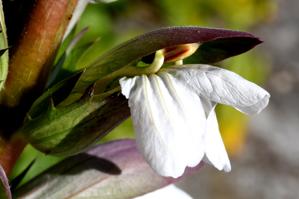
Plant some seeds now!
Short Description
Acanthus is a genus of about 30 species of flowering plants in the family Acanthaceae, native to tropical and warm temperate regions, with the highest species diversity in the Mediterranean Basin and Asia. This flowering plant is nectar producing and is susceptible to predation by butterflies, such as Anartia fatima, and other nectar feeding organisms. Common names include Acanthus and bear’s breeches. The generic name derives from the Greek term ἄκανθος (akanthos) for Acanthus mollis, a plant that was commonly imitated in Corinthian capitals.
The genus comprises herbaceous perennial plants, rarely subshrubs, with spiny leaves and flower spikes bearing white or purplish flowers. Size varies from 0.4 to 2 m (1.3 to 6.6 ft) in height.

